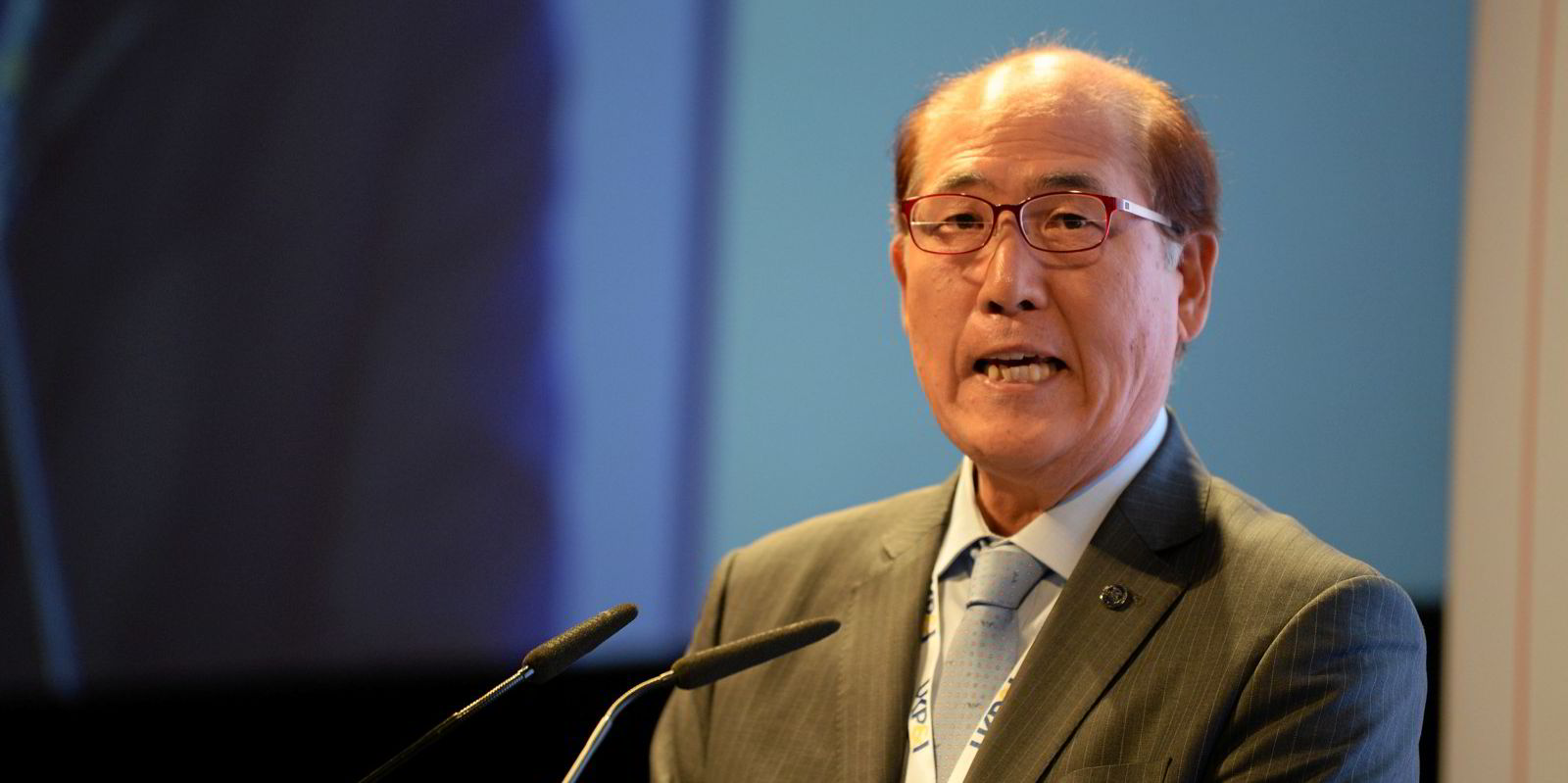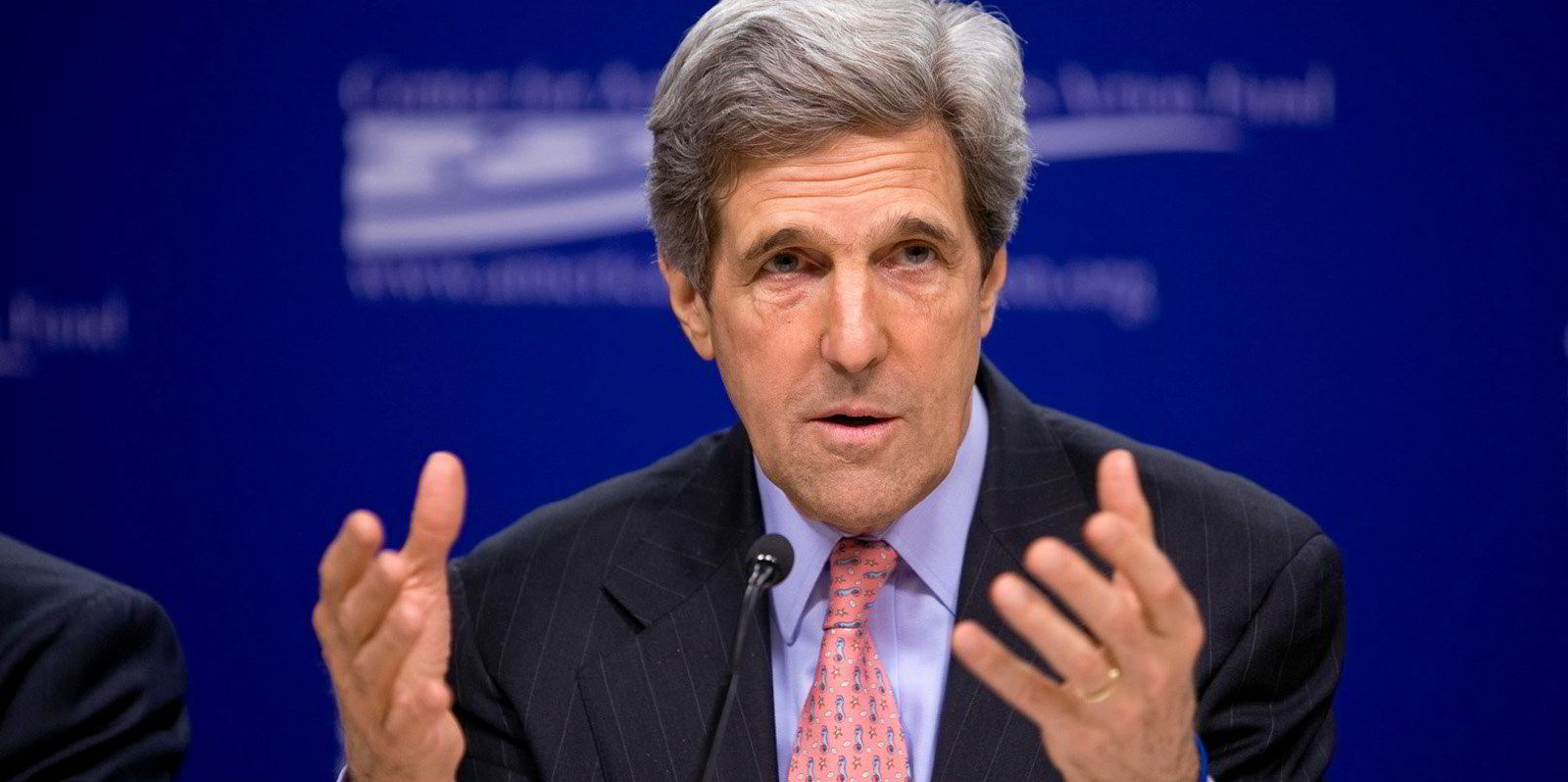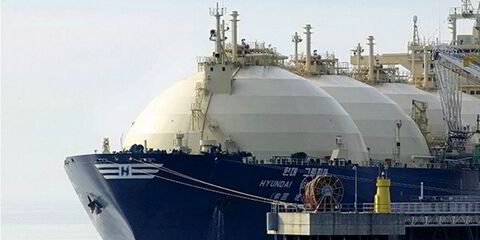The International Maritime Organization’s targets for improvements in ship operational performance do not let owners off the hook, according to classification experts, despite criticism that they fall short of expectations.
The experts claim many shipowners could still struggle to comply with the upcoming Carbon Intensity Indicator (CII) regulation, under which they must achieve a 2% annual improvement in carbon emissions between 2023 and 2026.
The potential inadequacy of the targets — even though they were at the higher end of those under consideration this week — became an issue after a late intervention at the IMO by the US and European Union demanding higher standards.
Gamble
In the wake of the IMO announcement at the Marine Environment Protection Committee (MEPC) meeting, classification experts contacted by TradeWinds said the new targets still present a major “challenge” for many owners, particularly those with older ships.
They also warned that with progressive countries such as the US and EU member states applying pressure on the IMO, the likelihood is that owners will face considerably higher targets in the last leg of the regulation to 2030, making compliance with the CII even harder.
Faig Abbasov, shipping director at environmental campaigner Transport & Environment, estimated that a 7% annual improvement in carbon intensity will be required if the IMO is to reach its goal of a 40% improvement in shipping’s carbon intensity by 2030.
Tristan Smith, reader in energy and transport at UCL Energy Institute, part of University College London, said this brings an added uncertainly to shipowners’ investment plans.
“The inadequacy of the targets makes it very hard for industry to plan investments. The targets are only set to 2026, and the low level to 2026 increases the need for much higher targets in the period 2026 to 2030 to compensate,” Smith said.
“There will be no certainty on what this means in practice until 2026, so companies are left to gamble on the outcome.”
Limited enforcement

Under the CII, shipowners will have to manage the energy efficiency of their vessels through the Ship Energy Efficiency Management Plan. Measures that owners are likely to undertake involve speed management, optimal routing, just-in-time port arrival and fitting energy-saving devices to ships.
Compliance with the CII will involve a flag-state assessment of the operational efficiency of vessels over one trading year after the indicator enters into force in 2023.
Vessels will be ranked according to their operational performance between A and E, with those ranked D and E falling outside the required level.
Low-ranking ships will be requested to make improvements.
However, it appears that there will be limited flag-state penalties that can be applied for ships that do not reach the decarbonisation targets.
Clash of interests

At this stage, the IMO will be relying on charterers to avoid vessels that have a poor CII rating, to help push them out of the market.
But the lack of enforcement measures in the regulation raises other issues for the commercial market.
Lawyers suggest that if stronger enforcement measures were in place, it would make it easier to word charterparties in a way that requires both charterers and owners to commit to improving operational performance.
Bimco deputy secretary general Lars Pedersen said: “We may have a clash of interest between owners and charterers. In plain terms, the CII requirement is upsetting the normal rights and responsibilities under standard time charter contract.”
The MEPC meeting was continuing as TradeWinds went to press and there had been no formal announcement of the agreement reached.
However, amid the criticism, the IMO will probably emphasise that the legal mechanisms are now in place in Marpol Annex VI to regulate the emissions of the existing fleet.
Through the Energy Efficiency Existing Ship Index (EEXI), which was also mandated at the MEPC, the IMO can set a minimum standard for efficiency based on technical performance standards. Through the CII, it can set additional operational standards for fuel efficiency.
The IMO has the potential in the EEXI and CII regulations to continuously improve the performance of the global fleet.
Gary Dixon and Max Tingyao Lin contributed to this article.







